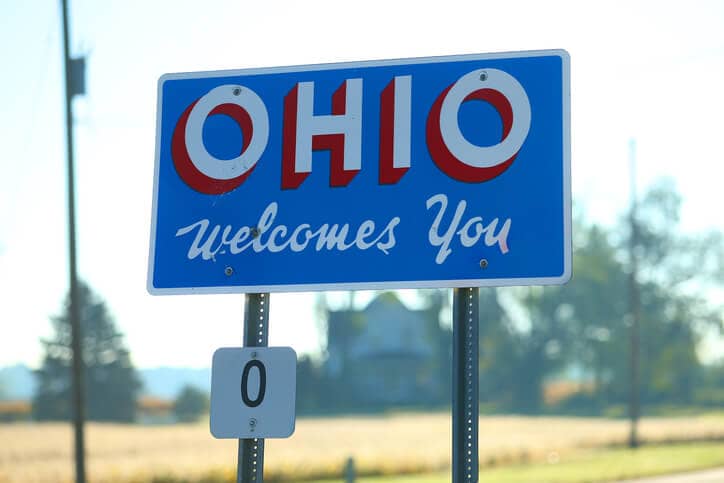 A recent report from Bloomberg New Energy Finance (BNEF) suggests that the policies governing the use of U.S. corn-based ethanol ‘are set to collide in 2013,’ with one regulation mandating a minimum amount of consumption and another limiting the ethanol level in gasoline. Yet another policy – one that mandates a minimum amount of cellulosic biofuel production – was deemed ‘simply unrealistic’ and eased this year, BNEF says.
A recent report from Bloomberg New Energy Finance (BNEF) suggests that the policies governing the use of U.S. corn-based ethanol ‘are set to collide in 2013,’ with one regulation mandating a minimum amount of consumption and another limiting the ethanol level in gasoline. Yet another policy – one that mandates a minimum amount of cellulosic biofuel production – was deemed ‘simply unrealistic’ and eased this year, BNEF says.
The U.S. biofuels industry could provide up to 13.4 billion gallons of corn-based ethanol this year. This would be practically equal to the minimum amount of corn ethanol required under the federal Renewable Fuel Standard, as well as equal to the maximum amount of ethanol that may be legally and practically blended with gasoline – a limit known in the industry as the ‘blend wall.’
The relaxation of the cellulosic biofuels target was only the first of several choices that policy makers and industry players are facing this year, BNEF says. Blenders may choose to comply with a biofuels mandate by making use of ‘credits’ in lieu of actual physical corn ethanol; farmers have to choose whether to plant corn or soybeans; and policy makers may choose to renegotiate the Renewable Fuels Standard.
According to BNEF, the main story of 2012 was the worst U.S. drought in 50 years, which lifted corn prices and put pressure on food and biofuels producers alike. This year, the U.S. biofuels market will be defined by U.S. weather conditions, export flows of Brazilian ethanol, U.S. politics, the planting choices facing U.S. farmers, and other issues.
More information about BNEF's report can be found HERE.






